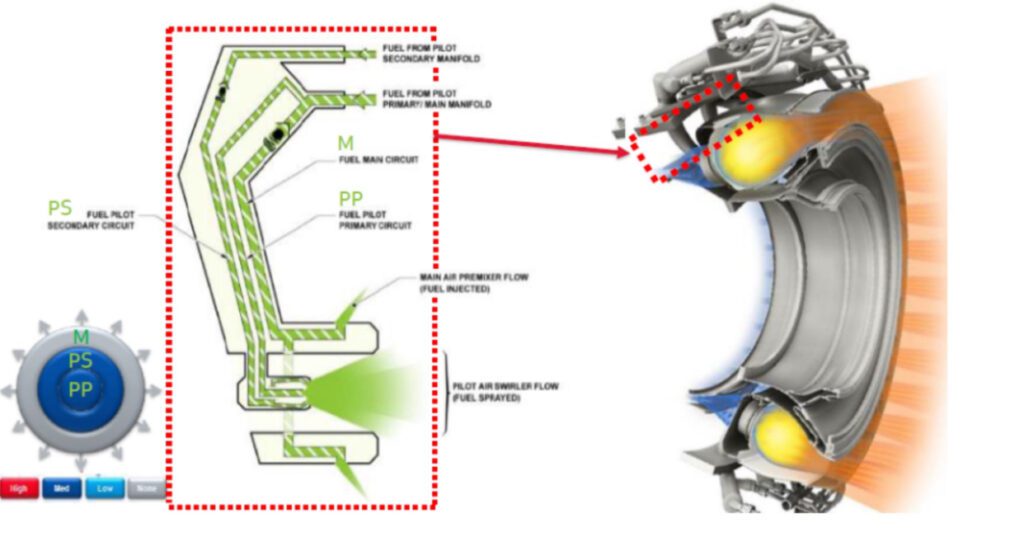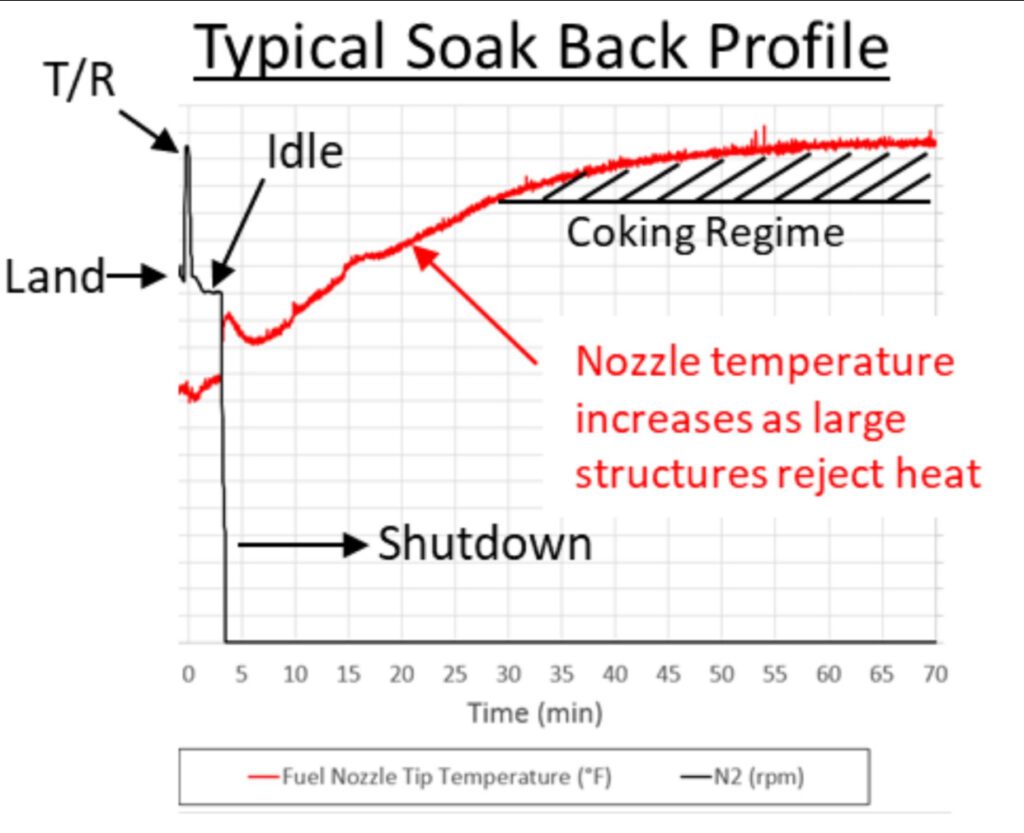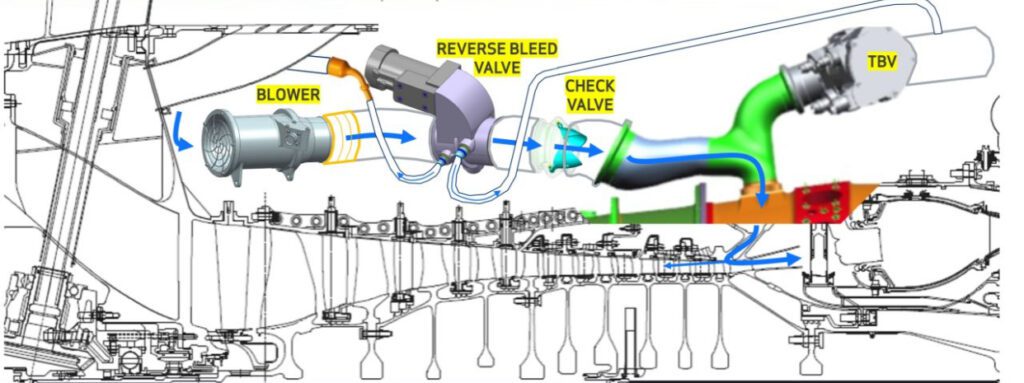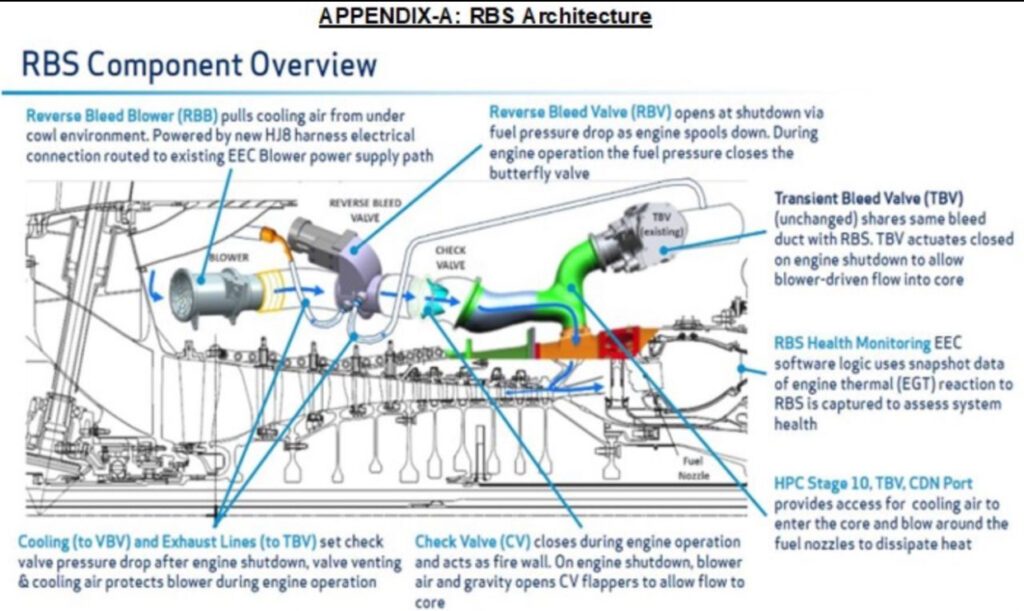
Since the Entry Into Service of CFM LEAP-1A. Fuel nozzle coking is a fleet wide issue.
Root cause of all fuel nozzle coking types is heat transfer from large static/rotating structures after engine shutdown also known as engine thermal soak back effect.

Coking of unpurged fuel after engine shut down in the fuel nozzles had resulted in various issues like loss of thrust, reduced engine efficiency (incomplete combustion), accelerated damage to engine hot section (Combustor, HPT) components, engine start failure, potential engine stall etc.

All these issues led to operational interruptions and maintenance burden due to unscheduled removal and replacement of the fuel nozzles.

Now to mitigate this issue a new system called Reverse Bleed System is being introduced (already introduced in many newer engines) via MOD as production fit or via SB as retrofit.

Reverse Bleed System (RBS) mitigates the main and pilot fuel nozzle coking by blowing core compartment air into core flowpath after engine shut down thereby managing the fuel nozzle thermal environment below the coking threshold.

RBS is completely automated thus requiring no pilot action.

RBS operation overview
The reverse bleed system comprises of the following components performing the described functions:
1) Reverse Bleed Blower (RBB) pulls cooling air from the undercowl environment which acts as the source air to cool the fuel nozzles. The blower is powered by a new HJ8 harness electrical connection routed to the existing EEC blower power supply path.
2) Reverse Bleed Valve (RBV) opens at engine shut down to allow bleed air from the blower to flow into the core. The valve is activated by fuel pressure drop and hence remains closed during engine operation.
3) Check Valve (CV) remains closed during engine operation and acts as a fire wall. After engine shut down the check valve flappers are opened due to blower air and gravity to allow the air flow to core.
4) Cooling (to VBV) and Exhaust Lines (to TBV) set the check valve pressure drop after engine shut down. Valve venting and cooling air protects the blower during engine operation.
5) Transient Bleed Valve (TBV) (unchanged) shares the same bleed duct with RBS. The TBV actucates to be in closed position after engine shut down to allow flow from blower to into the core.
6)HPC S10, TBV, CDN Port provides access for
the cooling air from the blower to enter into the core and flow around the fuel nozzles thereby dissipating its heat.

Electronic Engine Control (EEC) recognizes engine shut down and automatically activates the RBS via aircraft Engine Interface Unit (EIU) for a maximum of 60 mins or loss of electrical power until the next engine start. Electrical power to run the RBS is drawn from the aircraft main bus using APU, sister engine generator or ground power.
Working of RBS requires various modifications in softwares and wirings.
Author – Sushanth Singh





